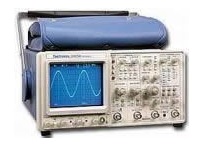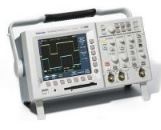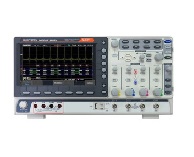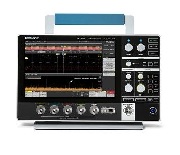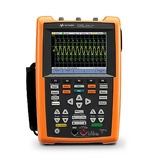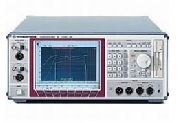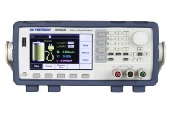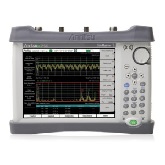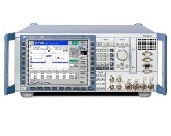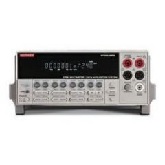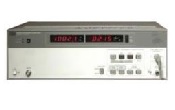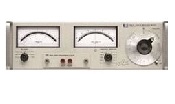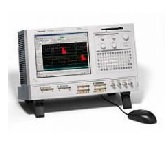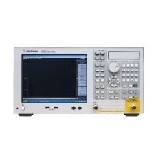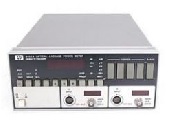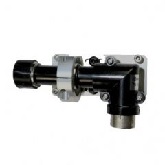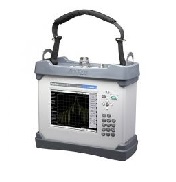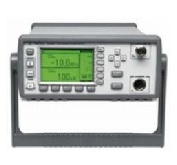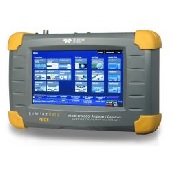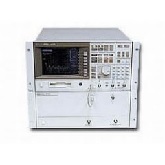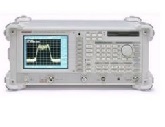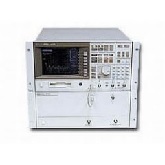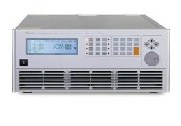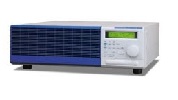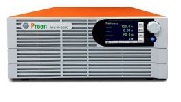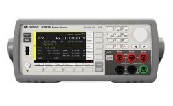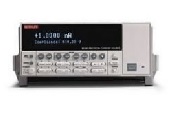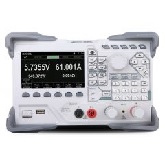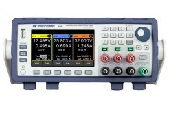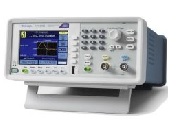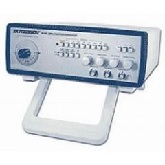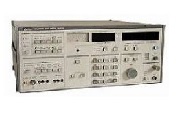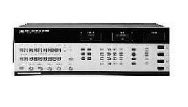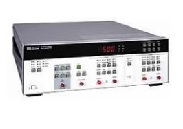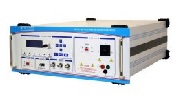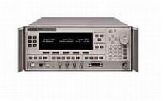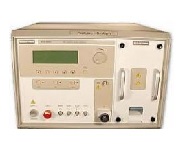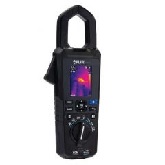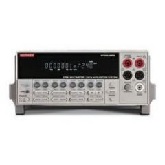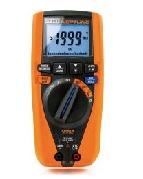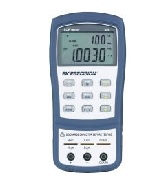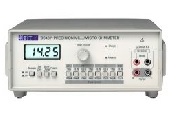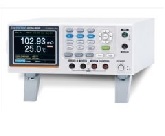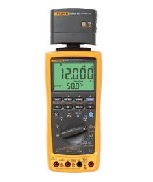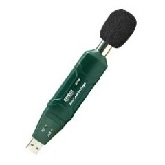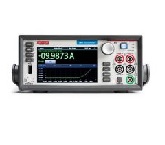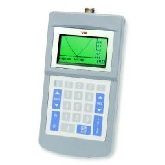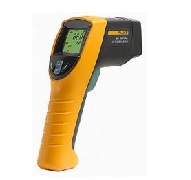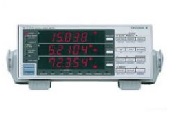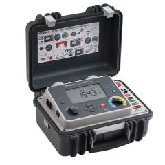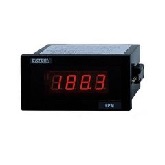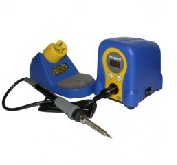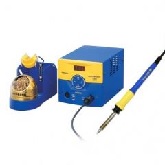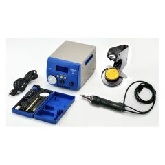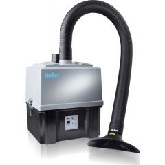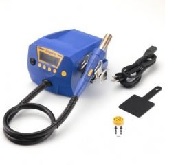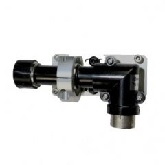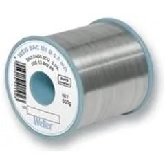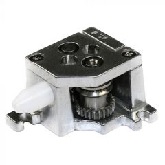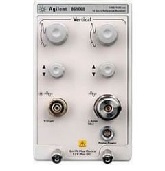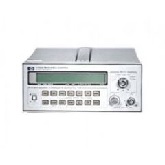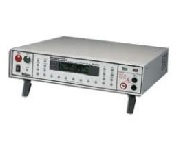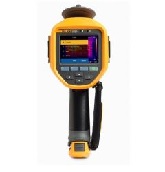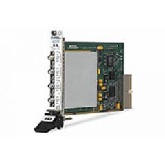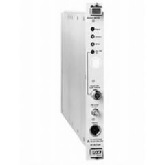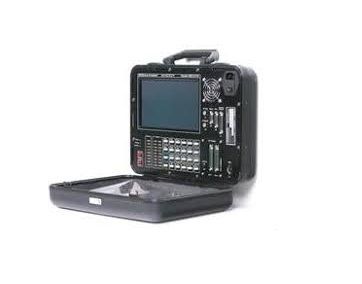Additional Features:
- Powerful high level triggering capability
- Single-Ended or optional Differential SCSI electrical interface
- Embedded operating system
- Passive SCSI-2 FAST 8 WIDE Synchronous/Asynchronous tracing
- Optional SCSI-2 FAST & WIDE Synchronous/Asynchronous Initiator emulation
- Tracing of data transfer rates over 10 MHz.
- Trace memory: 32K events standard, 128K or 512K optional
- REC/ACK recording, all four edges
- Optional C language programming capability for SCSI Initiator emulator
- Operations configuration selectable through menu-driven software, stored in nonvolatile (EEPROM) memory
- Built-in high-quality Electro Luminiscent flat display (80 x 24), and 24 position keypad
- Non-volatile 128K event Trace memory 'Mirror' backup module options
- Hard copy capability via parallel I/O port to printer
- RS-232 serial I/O port with selectable baud rate (up to 57.6K baud), data format and parity
- SCSI electrical interface: single-ended (standard), differential (optional)
- SCSI connectors: 50 pin Centronics type, and 50 or 68 pin SCSI-2 high density 'P' type
- Built in SE active SCSI bus terminator
- TRM PWR protected by circuit breaker with automatic reset
- Built-in switching power supply for 110Volt/60Hz, and 220Volt/50Hz operation, AC input is autoranging
Specifications
- SCSI-1 &2, FAST/WIDE Tracer
- SCSI-1 8 bit and SCSI-2/3 8/16 bit support, over 10MHZ transfer rate
- Passive tracer. Only signal changes are stored
- Circular 32K Event Trace memory standard, 128K or 512K options.
- Up to three external signals (from the tested device) can be recorded together with SCSI signals in the trace memory
- Input for external clock provided
- Event time-stamping of over 200 seconds before wrapping around, with 20 nanosecond resolution
- Display of data count in data phase
- Multiple recording modes including all/skip data, filtering by SCSI ID#, REQACK signal / four edges and SCSI phase changes
- Start - Pause - Stop tracing capabilities
- Powerful multi-level menu selectable triggering includes pre, post, standard, delayed, internal and external modes.
- Connectors for external trigger input or synch output
The Ancot SCSI Bus Analyzer/Emulator, Model DSC-216, is a tool for the development, integration, and repair of SCSI devices. This instrument can monitor and portray on the screen every facet of information about SCSI operation of the monitored SCSI environment. The display format is in plain English for ease of understanding. The DSC-216/FxE can be used as a SCSI Initiator (host) emulator, programmed for manual or automatic testing. Packaged in a small lightweight portable briefcase, it is exceptionally well suited for field applications where portability and high reliability are important.
Models with SCSI emulator use VLSI SCSI controller and function as an initiator with user programmable SCSI ID#. Interactive emulation is controlled from pre-programmed SCSI command set in EEPROM. Support for SCSI-2 FAST & WIDE (16 bit), custom SCSI commands, program macros, various SCSI device types provided.
The DSC-216 is a highly portable, advanced, versatile, user-configurable SCSI Bus Analyzer. This instrument was designed for the following applications:
- Development work in the laboratory
- Production test
- Field service applications
The DSC-216 Tracer/Analyzer provides a comprehensive SCSI event tracer and debugger with powerful triggering capability. It provides displays of SCSI Bus activity in a variety of formats for easy interpretation.
The SCSI Bus Analyzer is used for recording activity on the SCSI Bus to which it is non-intrusively connected. Its circular buffer can hold up to 32K events (standard), 128K or 512K events (optional). The recording method is 'event driven'; only valid data or transitions on certain SCSI signals are recorded.
At the time of recording, each event is time-stamped. The recording can later be played back in several forms. It can be displayed on a built-in electroluminescent (EL) flat screen, or sent to a printer to provide a hard copy. Recorded data can be up-loaded to a host computer, and saved on a disk to build a data base for post processing. Optionally, it also can be saved in a non-volatile ("Mirror") memory to be examined later.
The display of recorded SCSI Bus activity can be in two basic forms: a "binary" format similar to a time-domain form of logic analyzers, or a "structured" format which is an interpreted "SCSI-English" form, easily understandable. Other, more specialized display formats are also available.
| Manufacturer | Ancot |
|---|---|
| Condition | Used |


